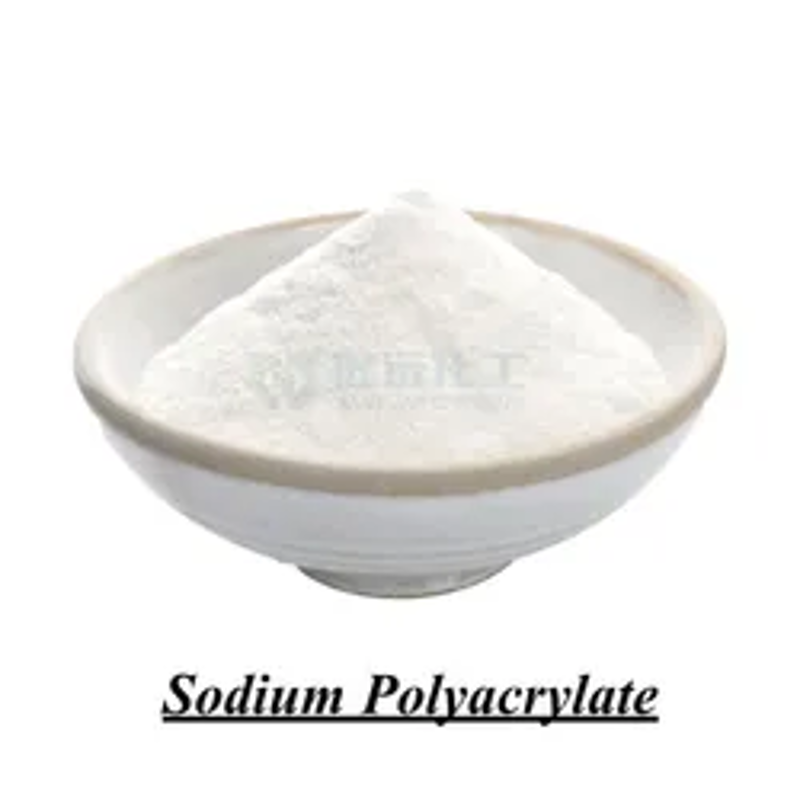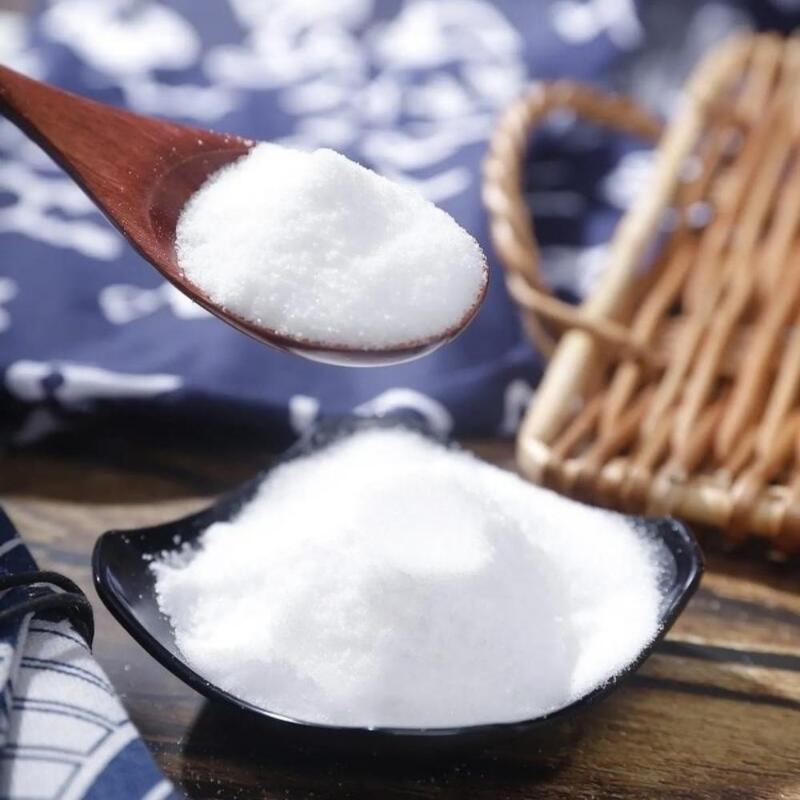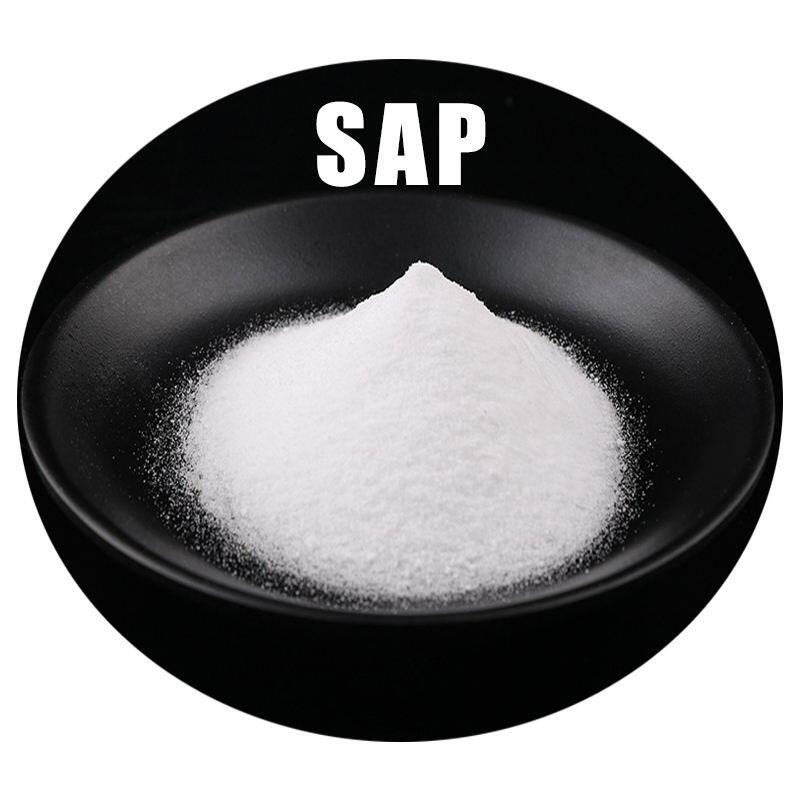-
Categories
-
Pharmaceutical Intermediates
-
Active Pharmaceutical Ingredients
-
Food Additives
- Industrial Coatings
- Agrochemicals
- Dyes and Pigments
- Surfactant
- Flavors and Fragrances
- Chemical Reagents
- Catalyst and Auxiliary
- Natural Products
- Inorganic Chemistry
-
Organic Chemistry
-
Biochemical Engineering
- Analytical Chemistry
-
Cosmetic Ingredient
- Water Treatment Chemical
-
Pharmaceutical Intermediates
Promotion
ECHEMI Mall
Wholesale
Weekly Price
Exhibition
News
-
Trade Service
original title: Dow (Dao Corning) silicone defoamer detailed understanding of01defoaming agent defoaming principle
foam production mechanism, defoaming mechanism(1) foam production mechanismgas into the liquid, due to low density floating, the formation of bubble(2) defoaming mechanism A, foam inhibitor, foaming agent, Used to avoid foam formation B, defoamer C, defoamer (release air agent) 02defoaming agent should have the characteristics(1) basically insoluble in the foaming(2) surface tension lower than the foaming(3) can be quickly dispersed in the foaming solutionsolubility . Dispersion of largedispersion smalllargefoam-breaking poorbubble-breaking differencebubble-breaking difference bubble-breaking good bubble suppression bubble-breaking poor bubble suppression good table is divided according to the defoaming agent on water dispersion and solubility size, you can see that only the dispersion of good solubility small substances can become a foam-suppressing anti-foaming ability. This is also the silicone oil is rarely used directly as a defoaming agent, but need to be processed into emulsion, silicon paste solution and other forms, in order to maximize its dispersion, in order to achieve the purpose of breaking bubbles are good. 03 defoaming agent consists of active ingredients, surfactants, carriers, other additives (1) active ingredients : breaking, defoaming, reducing surface tension: representative: hydrophobic silica, polyethers, advanced alcohols, mineral oils, vegetable oils, etc. (2) surfactants role: so that the active ingredients dispersed into small particles, easy to disperse in water, better play a defoaming, foaming effect. representative: pyridoxpoly, soap salt, op series, etc. (3) Carrier role: to help the combination of carrier and foaming system, easy to disperse into the foaming system, the combination of the two, its own surface tension is low, help to suppress foaming, representative: adipose or aromatic mineral oil, solvent mixture, water (for pre-emulsification defoaming agent) (4) other additives effect: make emulsification better. representative: dispersant, thickener, polyethylene ether, etc. 04 defoamers classification non-silicon, silicone - the earliest defoaming agent is mostly animal and plant oil - in the 1960s, China appeared polyether-type defoamer - At present, most domestic manufacturers focus on polymetrosiloxane as the main body of silicone defoamer research and application, foreign products are relatively mature, such as
Taoshi AFE-1410, AFE-0 120
and other - the newer defoaming agent is containing silicone polyether (mainly side-chain type) water-soluble silicone defoamer, such as
Taoshi AFE-7610, AFE-7820
and other - the latest research progress for silicone fluorine-containing defoamer, which does not break down in strong acids and strong alkali media, but also can be used in high temperature conditions, Fluoranels are both water-repellent and oil-hating can be applied in both water-based and oil-based systems. In addition, the amount of dosage can play a better effect, in the paint and oil field industry has more applications. For example,
Dow defoamer 1265
and other - there are some silicon paste defoamers, such as
Taoshi 1400, ACP-0001
and other non-silicon low surface tension, easy spread of non-silicon substances (1) natural oils advantages: easy to source, low price, simple use ; (2) High carbon alcohol high carbon alcohol is a strong hydrophobic weak water-type line-type molecules, in the water system is an effective defoaming agent. triastine phosphate, as a defoaming agent, is still widely used in industry, and the defoaming effect is remarkable. spread coefficient is large, so the break-down effect is very strong, but the anti-foaming effect is very poor. (3) polyether-like politone (synthetic polyurethane) is produced by a combination of initiation agents (compounds containing active hydrogen groups, such as propylene col) and ethylene oxide (EO), epoxy propane (PO), epoxy butane (BO) and so on. has the advantage of strong foaming resistance, widely used in the fermentation industry. disadvantage is the low break rate, once a large number of foam produced, it can not be effectively extinguished, but the need for a new amount of defoaming agent, the amount of large. silicone silicone oil type, silicone ether type, modified type silicone defoamer surface tension is small, high surfactivity, high defoaming force, low dosage, low cost. For most bubble media, foaming can be defoamed, but the inhibition is slightly worse. silicone-type defoamer, metformin emulsified production,
Dow represents products have 1410, 0120, 1520
, rapid defoaming. silicone ether defoamers, polits and silicone oils combined with emulsifiers and stabilizers.
Dow represents products 3168, 0050 . Modified silicone polyether defoamer. The polythee modification of silicone can be maintained for a long time, with high stability.
Dow represents products 7610, 7600,7820 . Silicone paste, silicone grease and other defoaming agents used under oily conditions.
such as 1266/0544/3183 and other . 05 the characteristics of several common defoaming agents 1410, 7610, 3168, 0050 1410
: available in PH: 3-13 conditions; 7610, 7620, 7600
: paper pulp defoaming, high stability; 3168
: wide temperature and acidity changes, water-soluble type is good, foaming is good. Foaming system with more yin table live, used in resin synthesis, textile and high-end industrial cleaning. Laundry liquid addition does not affect color. 0050
: high-concentration defoamer, resistant to shear and cross-width range temperature and acidity changes, high stability, multi-industry available. 06 defoamer open thin dilute foaming agent with thickener selection A, Capom, alkaline conditions thickening, dosage of about 0.2%, the unit price is lower. . B, sodium cellulose, powdery, need to be heated and dissolved into a transparent liquid, do not need to reduce, 0.5-0.8%, C, polyacrylic acid, need to adjust PH, dosage of about 1%, the price is different D, other 07 evaluation of the foaming agent method shaker test, circulating foam test (1) shaker test method is the simplest way to test the performance. The quantitative sampleist is added to the surfactant solution. Shake the mixture to record the time it takes to remove the foam. (2) circulating foam test: In the measuring tube, add a certain amount of foaming fluid, adjust the flow, so that the foaming fluid cycle foaming. When the foam to be produced rises to the required scale, add a quantitative defoamer, record the foam elimination time, at this time the recorded time is the defoaming agent defoaming time, the shorter the time, indicating that the defoaming agent's defoaming performance is better. When the foam disappears, continue to cycle the bubble and record the time to reach the required scale, this time is the time to suppress the bubble, the longer the anti-foaming time, indicating that the better the defoaming performance.
. Responsibility Editor:
.







